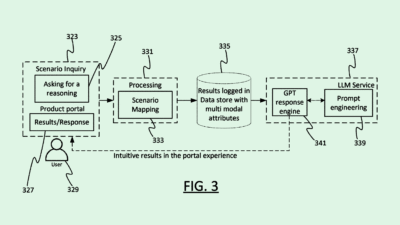Lloyd’s of London Warns of Worst-Case-Scenario Cyberattack
According to a Lloyd’s study published Wednesday, a cyberattack on global payments systems could cause $3.5 trillion of economic damage.

Sign up for smart news, insights, and analysis on the biggest financial stories of the day.
Does Lloyd’s of London have a sister named Cassandra?
Sure, our financial systems are increasingly intertwined with our fragile digital infrastructure. But what’s the worst that could happen? According to a Lloyd’s study published Wednesday, a cyberattack on global payments systems could cause $3.5 trillion of economic damage — if not more.
Hack Attack
In the “hypothetical but plausible” cyberattack modeled by Lloyd’s researchers and partners at the Cambridge Centre for Risk Studies, hackers would insert malicious code into transaction software that could then invade and infect tens of thousands of partner payment networks — giving hackers access to funds while shutting down payments and bank clearing systems entirely.
That could cause $3.5 trillion of economic damage within five years, with the US suffering roughly a third of the pain, Lloyd’s predicts. It may sound far-fetched, and Lloyd’s, a major hub for cyber-insurance deals, certainly has incentive to gin up interest in cybersecurity. Then again, cyberattack risks are growing so quickly, insurance group Zurich’s CEO recently warned hacks are becoming “uninsurable”:
- Cyber insurance premiums hit $9 billion last year, which will likely rise to $25 billion by 2025, Lloyd’s predicts, making it one of the fastest-growing insurance markets.
- Still, according to reporting from the Financial Times, many executives in the industry are urging lawmakers to consider a public backstop to insure widescale attacks, especially on those that target core infrastructure.
The world needs “knowledge, expertise and innovative ideas across government, industry and the insurance market to ensure we build society’s resilience against the potential scale of this risk,” Lloyd’s Chair Bruce Carnegie-Brown told the FT.
Odds Are: The $3.5 trillion hit posited by Lloyd’s is a weighted average of three scenarios scaling in severity — and likelihood. The least-devastating scenario Lloyd’s explored carried a $2.3 trillion possible impact, with a likelihood of once every 30 years. The worst scenario? About $16 trillion in losses. But breathe easy, that’s a 1-in-1,000 years likelihood. If anyone in the year 3027 is reading this: you were warned.











